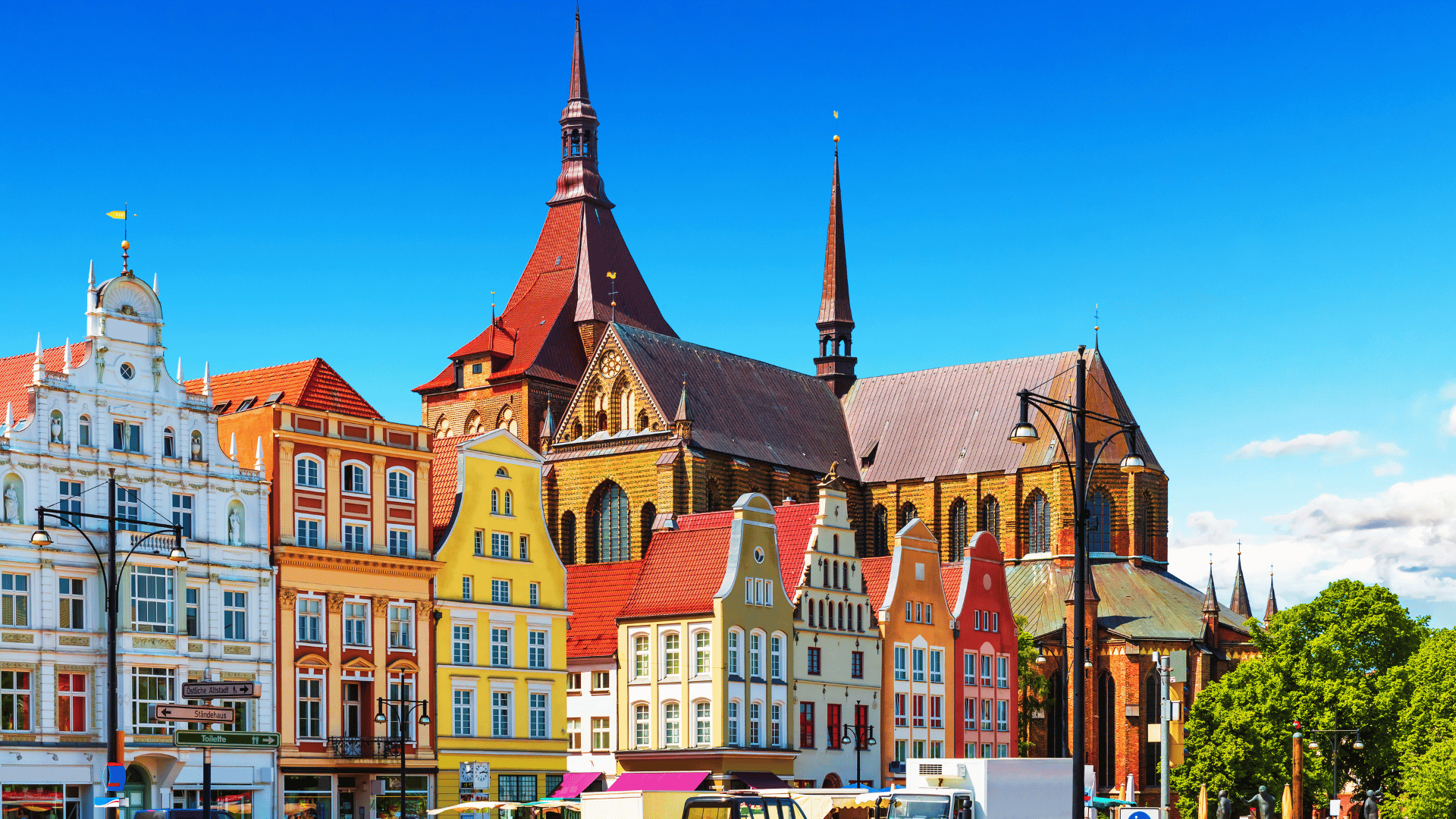Germany is a country located in Central Europe, and it’s one of the largest countries in Europe. But just how big is Germany? It’s a question that many people have asked, and the answer might surprise you.
In this blog, I’ll be exploring the size of Germany. I’ll cover everything from Germany’s physical size to its population and geographical diversity. By the end of this blog, you’ll have a better understanding of just how big Germany is.

Germany’s Physical Size:
In terms of physical size, Germany is the seventh-largest country in Europe. It has a total land area of approximately 357,000 square kilometers (137,000 square miles), which is about the same size as the state of Montana in the United States.
Germany is bordered by nine other countries: Denmark to the north, Poland and the Czech Republic to the east, Austria and Switzerland to the south, France to the southwest, and Belgium, Luxembourg, and the Netherlands to the west.
Germany is divided into 16 states, or Länder, each with its own capital and government. The largest state in terms of size is Bavaria, which is located in the southeast of the country. The smallest state is Bremen, which is located in the northwest.
Germany’s Geographical Diversity:
Germany is a country with a lot of geographical diversity, and it’s home to a wide range of landscapes and ecosystems. Here are a few of the main regions of Germany and their characteristics:
- The North German Plain: Located in the north of the country, the North German Plain is a flat, low-lying region that’s characterized by fields, forests, and small towns and villages. This region is known for its agriculture, and it’s a major producer of wheat, barley, and other crops.
- The Central Uplands: Located in the center of the country, the Central Uplands is a hilly region that’s characterized by forests, rivers, and lakes. This region is home to the famous Black Forest, a dense forest that’s known for its tall, dark trees and picturesque villages.
- The Alps: Located in the south of the country, the Alps are a mountain range that stretches across several European countries, including Germany. The German Alps are known for their rugged beauty and offer a range of outdoor activities, including hiking, skiing, and climbing.
- The Low Countries: Located in the west of the country, the Low Countries are a low-lying region that’s characterized by flat, fertile land. This region is known for its agriculture, and it’s a major producer of potatoes, sugar beets, and other crops.
Conclusion:
Germany is a large and diverse country that has something for everyone. From its flat, agricultural north to its rugged, mountainous south, Germany is a place of great geographical diversity. With a population of over 83 million people and a total land area of 357,000 square kilometers, Germany is a big and influential country in Europe.
I hope this blog has given you a better understanding of just how big Germany is. Safe travels!
